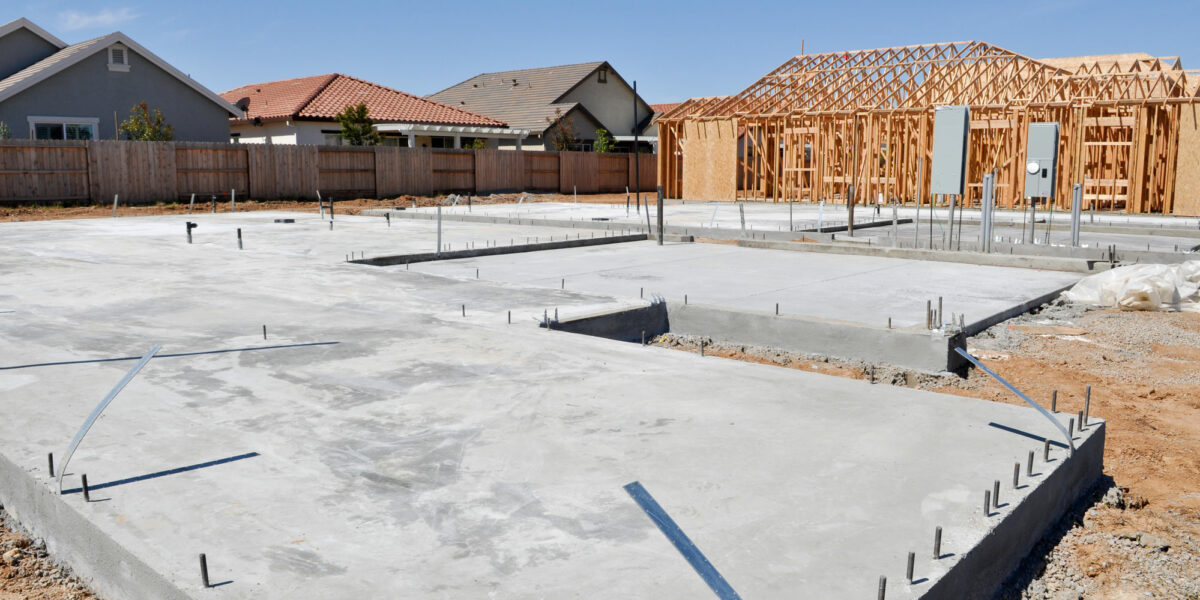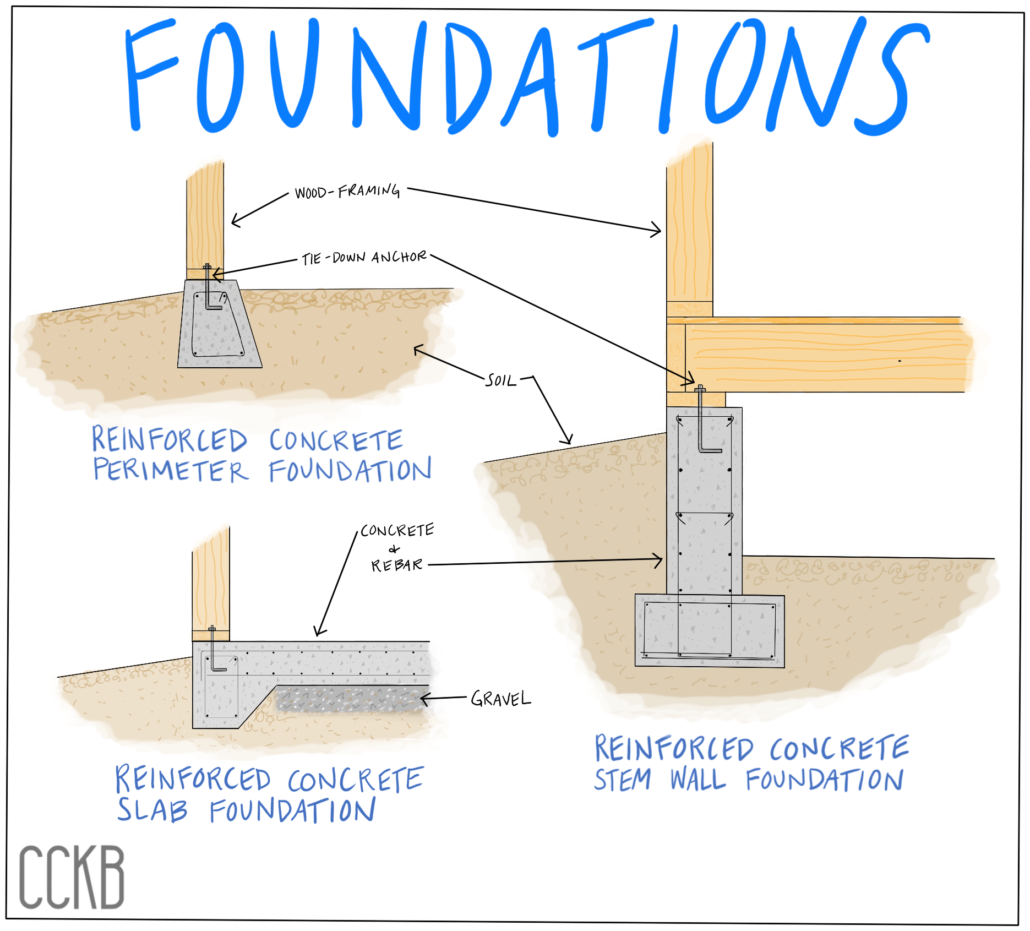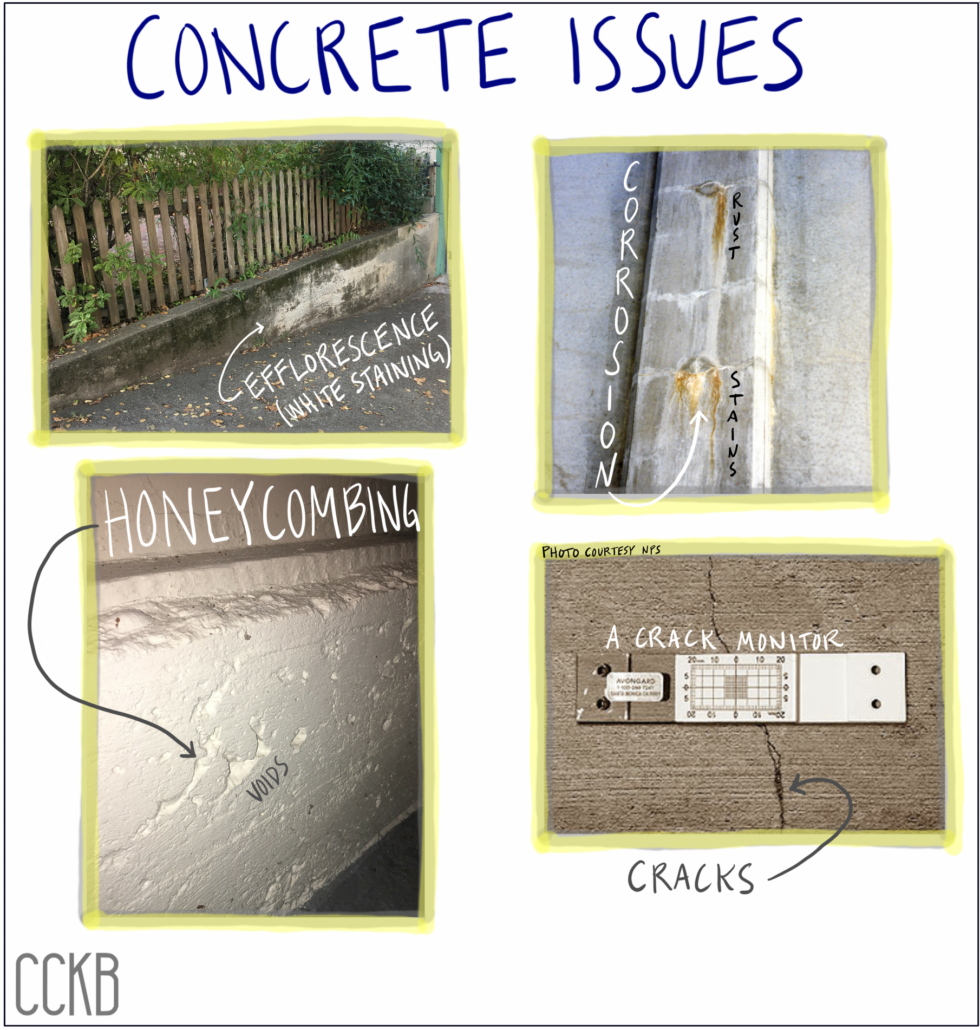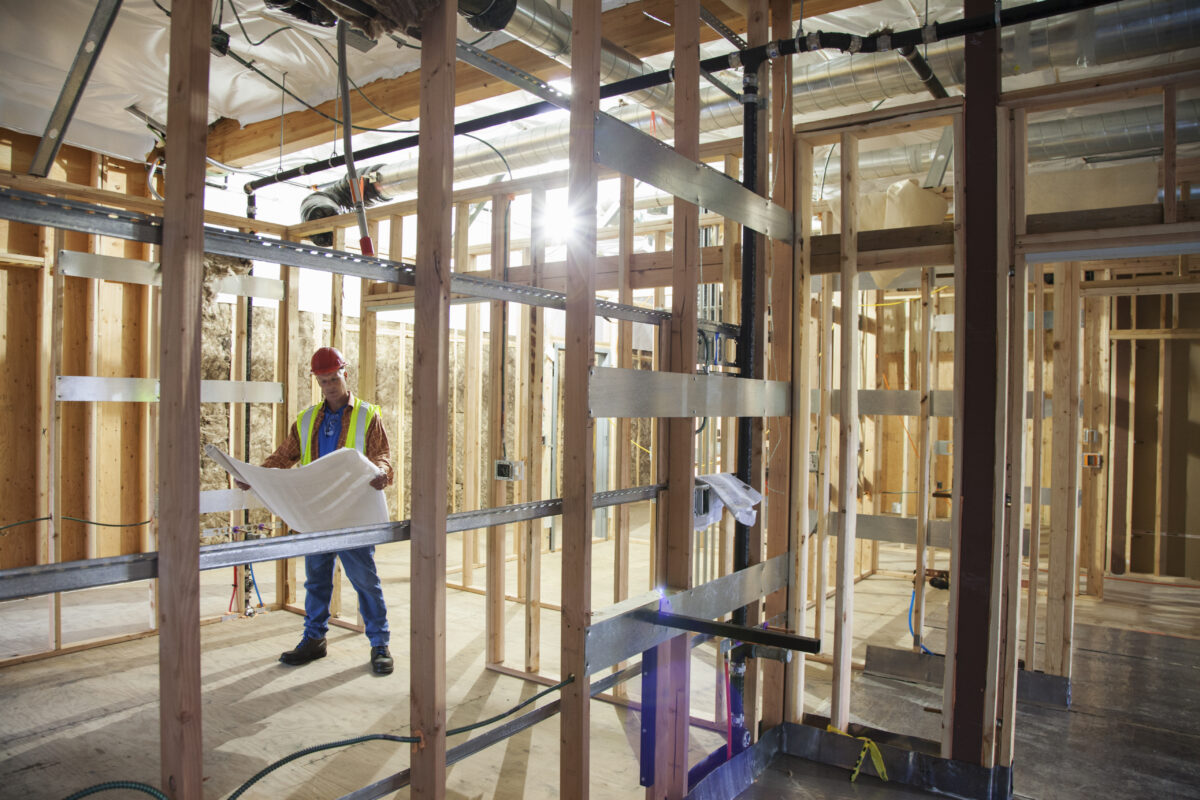When you remodel your house or condo building, you might find yourself with a decision: should I update the kitchen or replace the foundation, or both? Most of us don’t see the concrete foundation every day, so when you do take a look you might wonder: is that normal? Let’s peek “under the house” to learn more!
The foundation of your house or condo building supports the weight of your home and anchors it to the ground. The foundation is a vital connection point, which affects how your house will fare in an earthquake. When the ground shakes, and your foundation moves with it, will your foundation be damaged?
What Type of Foundation Do I Have?
The three most common types of foundations for houses in California are reinforced concrete perimeter foundation with crawl space, reinforced concrete stem wall foundation, and reinforced concrete slab foundation—see the image below. Older homes typically have a (sometimes reinforced) concrete perimeter foundation, and newer construction usually has a reinforced concrete slab foundation or a post-tensioned concrete slab foundation. The shared element of the three common types of foundations is concrete.
Concrete or Cement?
Concrete is a mix of crushed rock (aggregate), cement, water, and air. The addition of steel bars (“rebar”) makes it reinforced concrete. Concrete withstands compression (pushing forces), and steel resists tension (pulling forces), so the combination of concrete with steel rebar makes the perfect marriage to deal with the compression and tension forces from the weight of a building. Unfortunately, some older homes may have foundations made of concrete only, with no reinforcement. Even worse are foundations made of bricks only, without steel or concrete. Both these types of foundations will sustain disproportionate damage from earthquake shaking.
Is This Concrete Okay?
So, what should you look for when looking at a reinforced concrete foundation?
- Efflorescence—this is when you can see white spots and white trails on the concrete. Efflorescence can occur with new concrete during the curing process. As the water in the concrete mixture begins to evaporate, it brings calcium salts with it to the surface. It’s common to see some white color directly after curing. If the foundation is years old and the white residue has increased, then rainwater could be seeping into the foundation. Therefore, you may need better drainage around your house. Over time, water exposure will weaken the concrete foundation.
- Corrosion—this occurs when water has seeped into the concrete foundation so persistently that it causes corrosion (rust) in the steel rebar. The chemical reaction of corrosion deteriorates and breaks down the steel material, so over time, the strength of the foundation decreases. The first indicator that you may have a corrosion problem is efflorescence, indicating that there is water intrusion, followed by brown rust-colored cracks. Over time, the corrosion builds up or migrates, the cracks spread larger, and the concrete will eventually fall off in pieces, exposing the rebar.
- Honeycombing—this is when the finished concrete surface has many pits instead of a smooth surface. The presence of honeycombing usually means that while it was still wet, the concrete wasn’t vibrated enough to fill the voids, or the mix of aggregates doesn’t have enough fines (sand or small aggregate) to fill the spaces between larger pieces of rock. With the pitted surface, there is less concrete surrounding the steel rebar, and corrosion can occur at a faster pace.
- Cracks—you’ve probably already heard that “concrete cracks.” And you’re right because, from the start, hairline cracks are unavoidable. As concrete cures (dries and hardens), the material shrinks, causing tiny cracks. Hairline cracks generally are limited to the surface and do not extend down to the reinforcement. Shallow cracks don’t cause immediate structural issues. Over time though, it’s crucial to monitor cracks and patch them if they grow. Hairline cracks can quickly become medium or large cracks from earthquake shaking, foundation settlement, or dramatic temperature changes that cause expansion and contraction of the concrete material or the soil beneath the concrete.
Bolt And Brace
And there’s more to think about, like the condition of the soils beneath the foundation, the bolts that tie into the concrete foundation, and the strength of the cripple walls or basement walls. You can read more about foundation bolting and bracing cripple walls. Remember, if your concrete foundation isn’t strong enough, the bolts installed into the concrete may not be helping as much as you think. If you have foundation concerns, follow the links to find a contractor or structural engineer for actionable professional advice.





